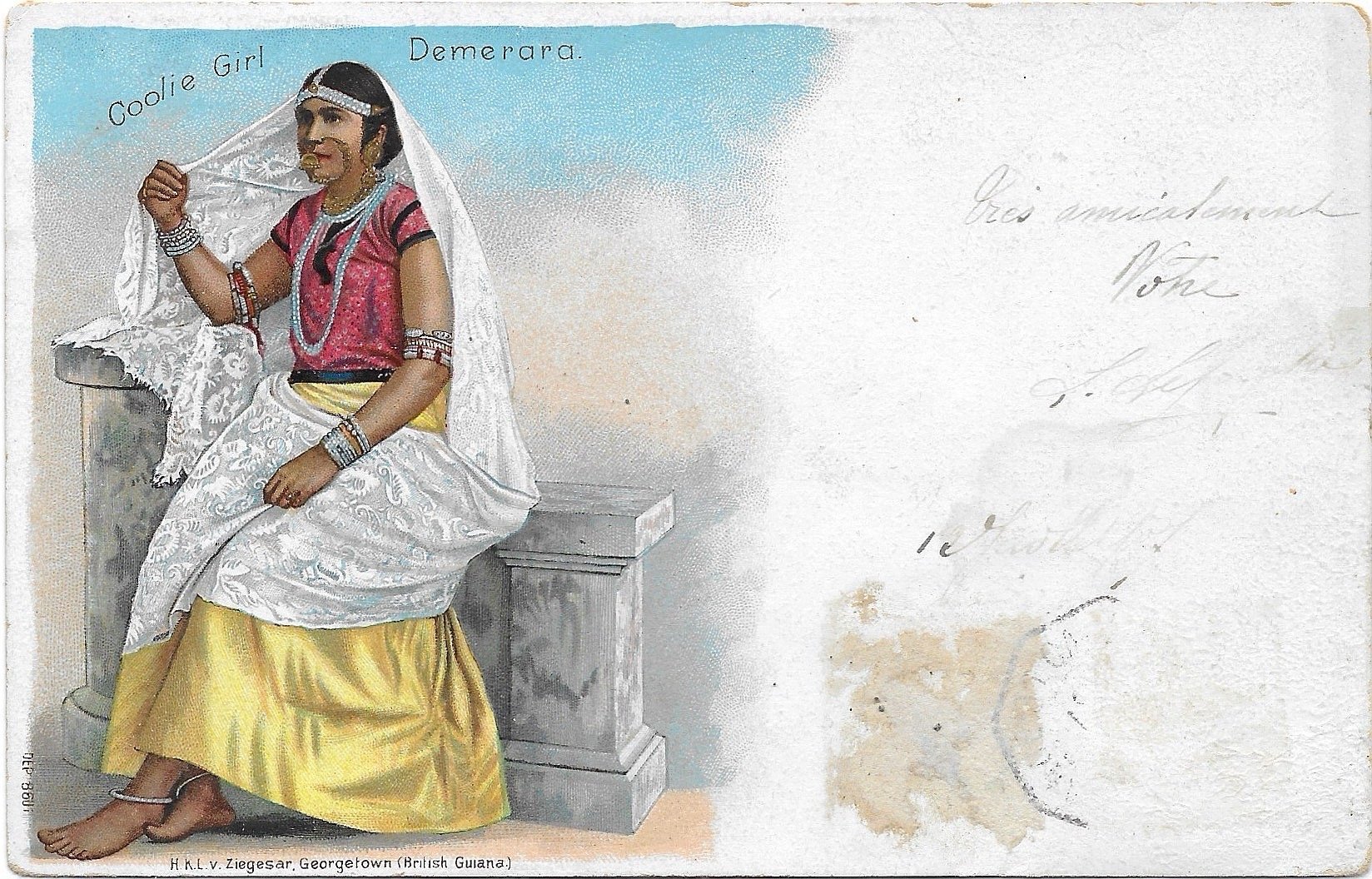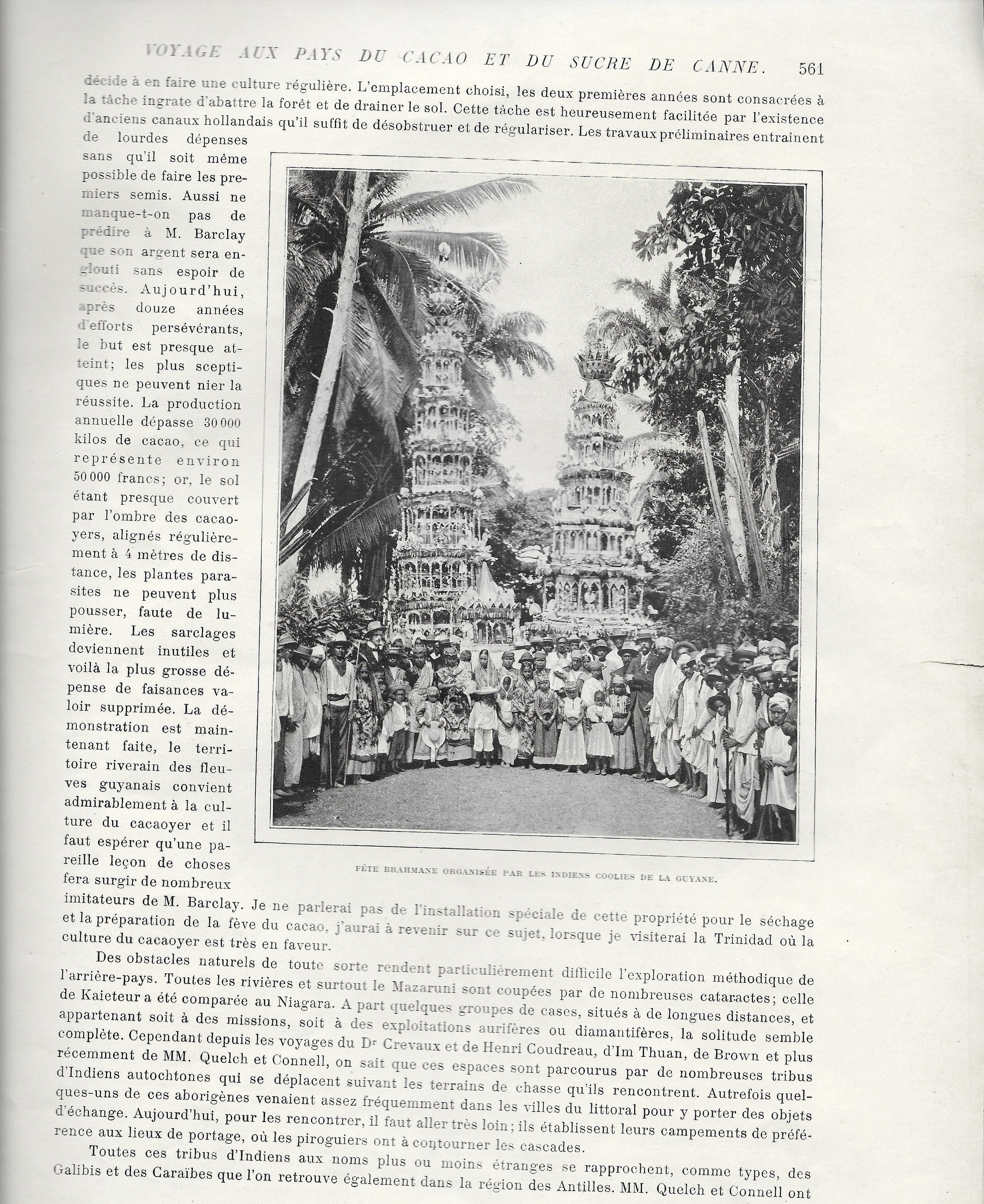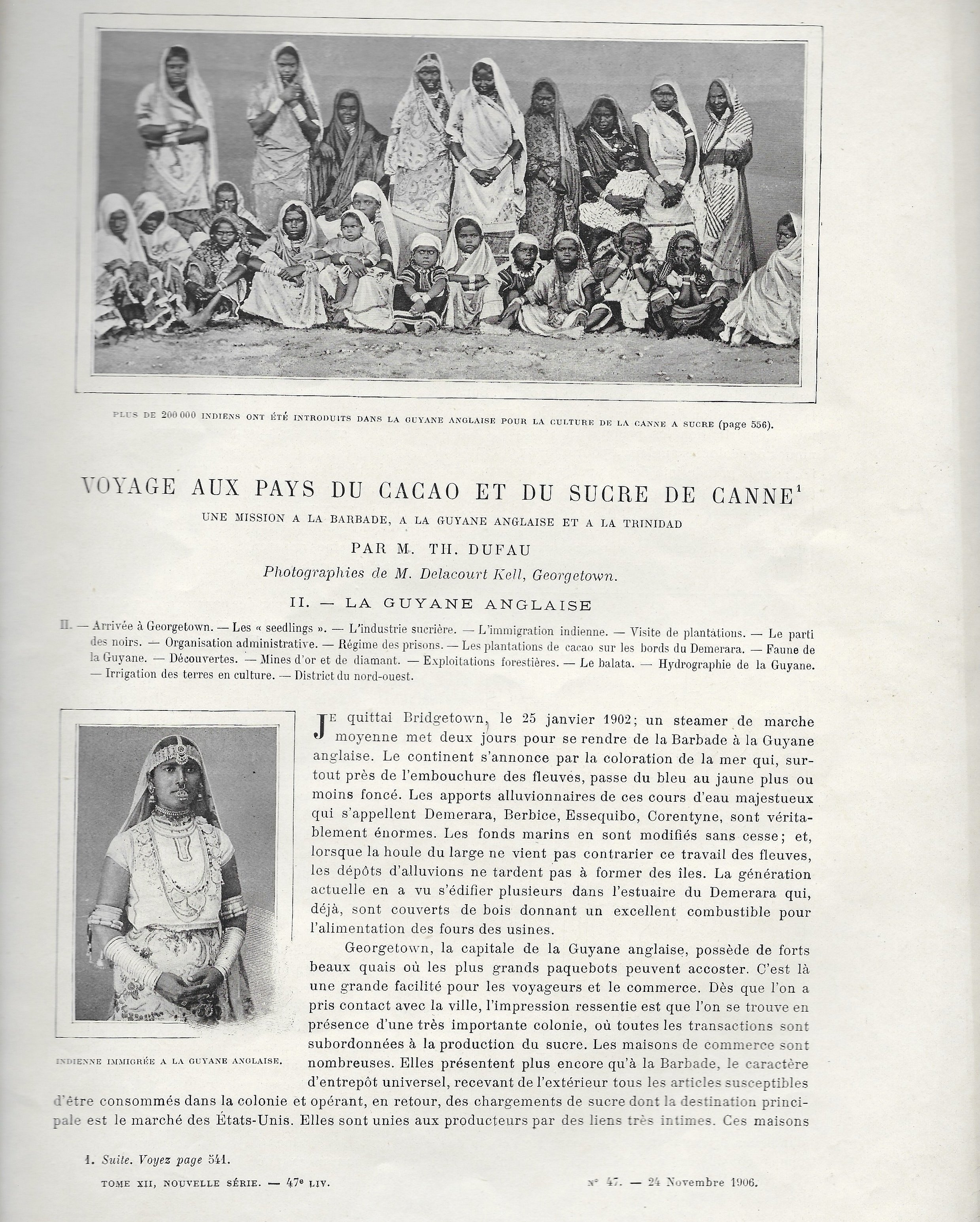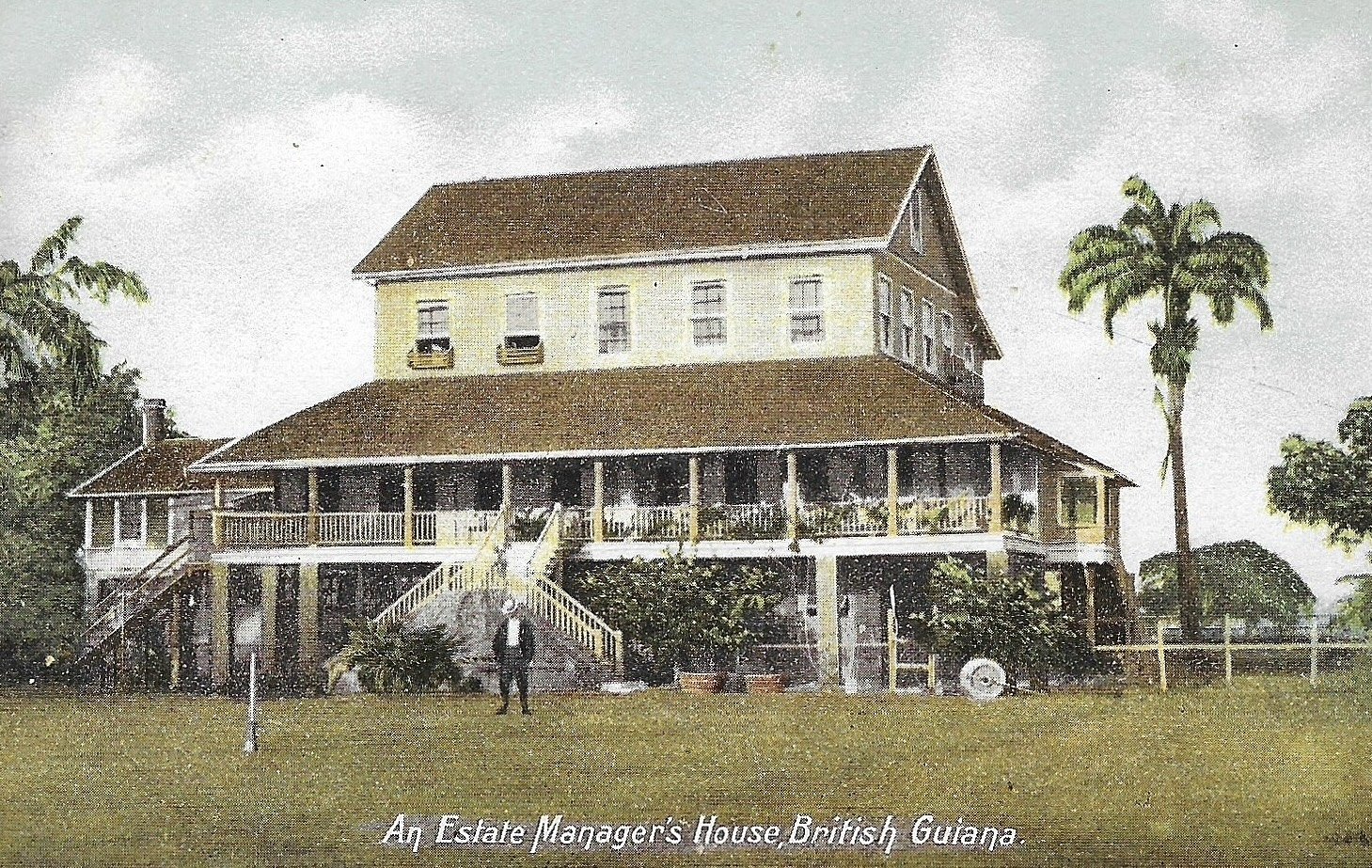It was on August 1st 1834 that Great Britain abolished slavery across the Caribbean — then referred to as the West Indies, with a total of 750,000 men, women and children set free. The aftermath of this left plantation owners struggling with labour shortages. To combat this, the owners turned to the Indian subcontinent, selecting a different group of individuals to exploit in their thirst for profit.
Three years after the abolishment of slavery, a sugar plantation owner in Guyana by the name of John Gladstone contacted the British government by letter, requesting permission to transport Indians to the West Indies as indentured servants. The letter explained that it would be “free labour” and Indians would have agency over whether they wished to work for him.
The process would be formalised by signing a contract, binding the indentured servants to the plantations for up to 10 years at a time. The British government agreed upon Gladstone’s request, permitting him to recruit indentured labourers through his agents in India.
Gladstone’s agents were notoriously dishonest. The agents fabricated fantasies about the islands that Indians would be relocated to, the wages they would earn, and the type of work they would be contracted to do. The stamping of one’s finger — which was their form of a signature — onto paper was not the signing of a fair contract, but the signing away of their freedom, having been convinced under false pretences.
Before any ship was permitted to leave Madras or Kolkata a quota had to be met. For every 100 men, 40 women were also required. Convincing women to sign up was an onerous process due to various socio-economic factors, so recruiters were incentivised with higher wages. The acquisition of female signups was a lucrative business for agents, and as a result, women were often kidnapped and transported on ships bound for the West Indies, South Africa or Mauritius against their will.
On May 5th,1838 two ships by the names of Whitby and Hesperus (also known as Hill Coolies), arrived in Guyana. This would begin the era of indentureship not only in the West Indies but across various subcontinents across the globe.








